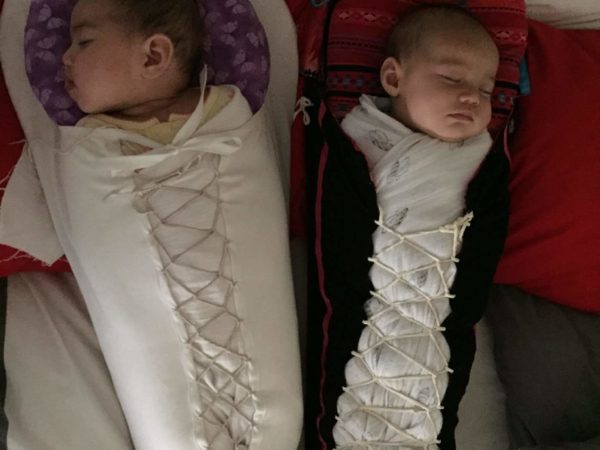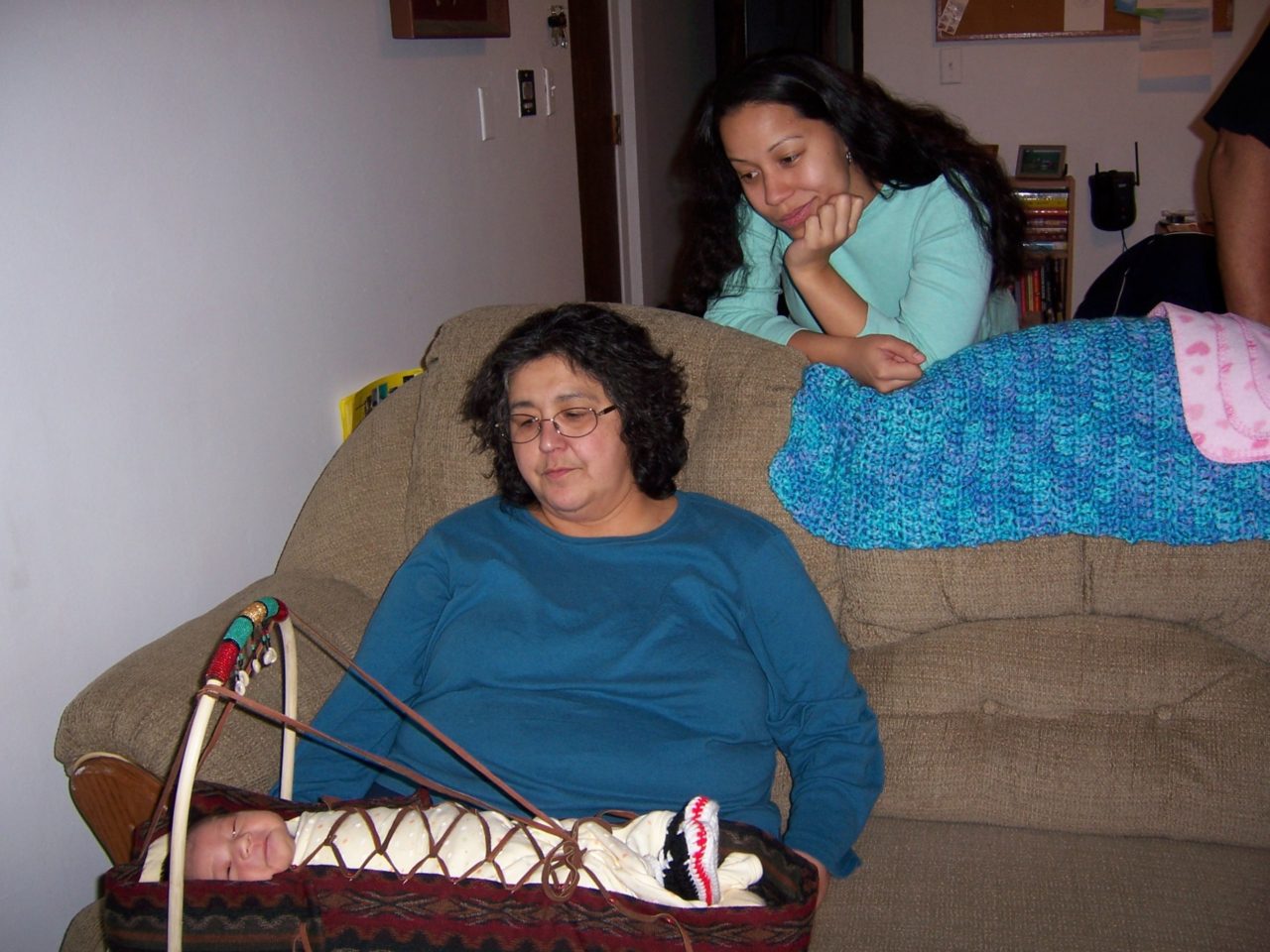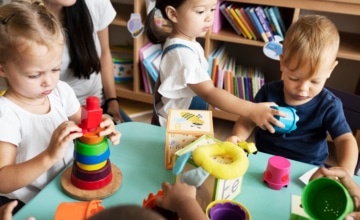by Sophia Taula-Lieras
I remember watching my Auntie Kathy wrap and tie my first-born daughter Manaia Elena for the first time into the cradleboard that she made. Manaia was just a week or so old and we stood together in our living room, surrounded by my husband, my parents, and siblings. As she tied my precious girl into this gift, she told us about the materials of wood, wool, leather, beads, and shells, and the process to make it. I felt a sense of overwhelming gratitude for so many things in that moment. For the health and safety of my daughter and myself. For the love and support of my family in the room and those ancestors who are no longer with us. For the Indigenous knowledge and resilience that was passed on so that my auntie could first make this cradleboard and then bring it on an airplane, from hundreds of miles away, in the middle of winter. Manaia slept the entire time of being wrapped in her cradleboard, secure in the love and support of this tradition and the people who loved her before she was even born.
I often think of the community care I’ve been privileged to witness in Indigenous communities, for the last 20 years, as similar to a cradleboard. As cradleboards wrap an infant securely for rest and travel or give exhausted parents a break from holding baby in their arms, so too do services have the opportunity to wrap a family in support and comfort as they embark on the joys and lessons of pregnancy and parenting. Through my experiences with home visiting, I learned that services should be a holistic and individualized approach to meet the many needs of parenting families. Just as you make and then adjust the cradleboard to the individual preferences of the infant to ensure they find rest, relaxation, and comfort. From my early days as a home visitor I felt the responsibility and privilege of being welcomed into the homes of my community members. I walked alongside them as they navigated how to be Indigenous parents in places and spaces not necessarily reflective of their identities and beliefs. The stories I witnessed along the way only furthered my hope and gratitude for Indigenous lifeways and the healthier futures I see for Indigenous families.

Nine years after that first photo, my Auntie Kathy made a new cradleboard for our daughter Haywani Tiwila. Haywani was blessed with a cousin born 2 months earlier who was also wrapped and protected in a cradleboard. My brother-in-law took this photo on a day he was in charge of caring for our girls so the rest of us could work, titled it “Decolonized Naptime,” and shared it on social media. Putting our children in these cradleboards represents a return to parenting practices that were disrupted by acts of colonization, like the boarding school era among other policies and practices enacted upon tribal communities by the federal government. A return to Indigenous parenting practices, like placing our children in cradleboards or speaking our tribal languages in our homes, is essential for the health and well-being of our family. I am proud to have worked with the PATH (Programmatic Assistance for Tribal Home Visiting) team to support the 23 Tribal Home Visiting grantees across Indian Country because I believe home visiting is a return to parenting practices and community care that are necessary for the health and well-being of our tribal communities.
Learn more about the work of PATH.



